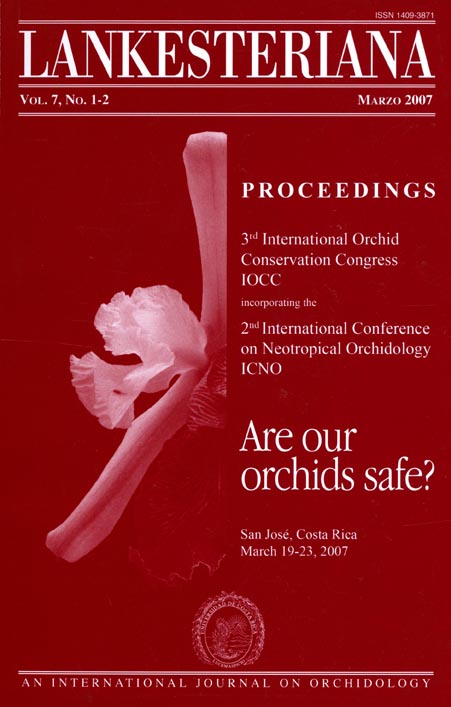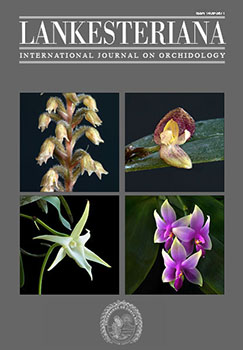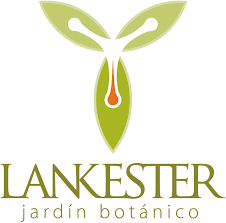Desarrollo de cápsulas y germinación in vitro de Phragmipedium humboldtii, P. longifolium y P. pearcei
DOI:
https://doi.org/10.15517/lank.v7i1-2.19529Palabras clave:
Phragmipedium, orquídeas terrestres, polinización, desarrollo de cápsulas, cloruro de tetrazolio, germinación in vitro.Resumen
Slipper orchids belonging to the genus Phragmipedium (subfam. Cypripedioideae) are seriously threatened and therefore listed in Appendix I of CITES. Less research has been conducted in this genus than in others belonging to the same subfamily. In this work, we evaluated development of capsules (seed pods) from Phragmipedium humboldtii, P. longifolium and P. peaarcei from the time of pollination until opening. Moreover, seed viability was tested with the tetrazolium method in each of the capsules that were subsequently used to evaluate the effect of light and two culture media (Knudson C vs. Murashige and Skoog half concentrated) on in vitro asymbiotic germination and seedling growth. 100% of the pollinated flowers developed capsules, which differentiated in terms of length and diameter among species. While the length of the capsules remained constant during development, their diameter increased during the first 6-8 weeks and then stopped. Time required for maturity and opening of the capsules also varied among species (31 weeks in P. humboldtii, 16 weeks in P. longifolium and 9.5 weeks in P. percei). Seed viability differed among species as well, averaging 34.3% in P. humboldtii, 44.7% in P. longifolium and 82.3% in P. pearcei. Furthermore, seed viability of each capsule was used to adjust the germination rate measured in each case. While very few P. humboldtii viable seeds germinated under the conditions tested (2.9%), better results were observed in the other two species (close to 40% germination). No significant effect of light/darkness regime or of culture medium was observed on germination. However, better growth of the germinated embryos was observed with the Knudson C medium and darkness conditions. Further subculture of the gro- wing plantlets under light conditions induced development of roots and allowed successful acclimatization of seedlings in the greenhouse.
Descargas
Descargas
Publicado
Cómo citar
Número
Sección
Licencia
Conforme con las Políticas de Acceso Abierto promovidas por la Universidad de Costa Rica, los derechos de autor de todos los artículos publicados en Lankesteriana se encuentran bajo una licencia Creative Commons y pueden ser descargados gratuitamente. Los derechos de autor y de publicación pertenecen a la revista bajo la licencia CC BY-NC-ND 3.0 CR.
Before the publication of the materials submitted by the author(s) in LANKESTERIANA, the author(s) hereby assign all rights in the article to the Lankester Botanical Garden.





